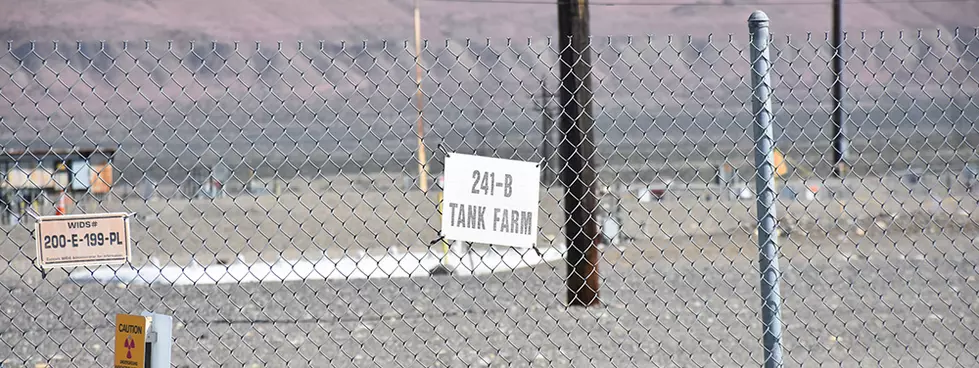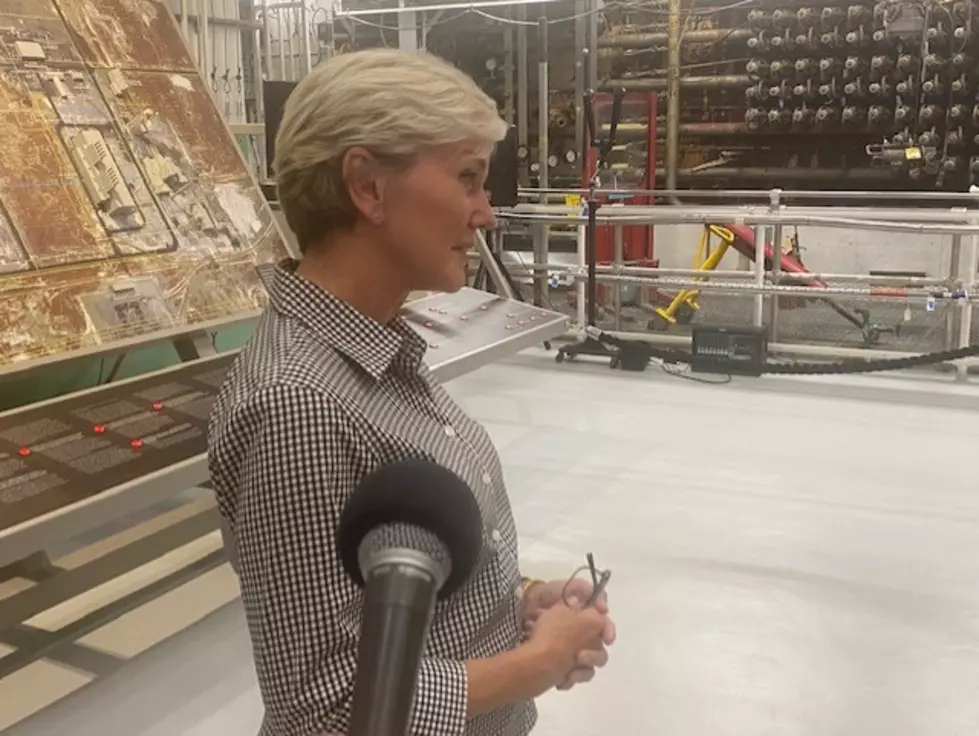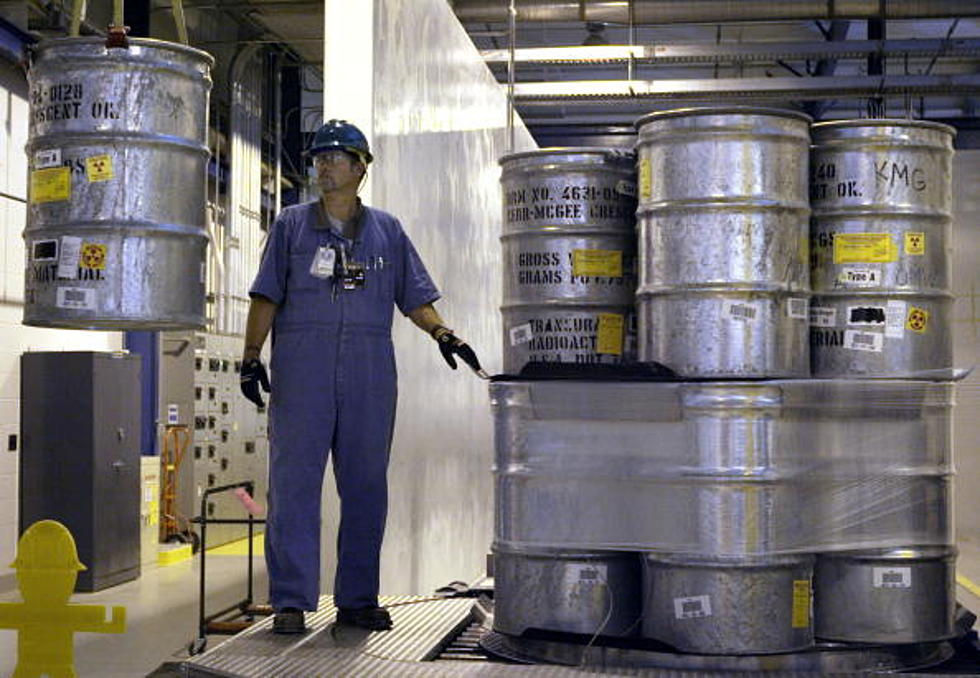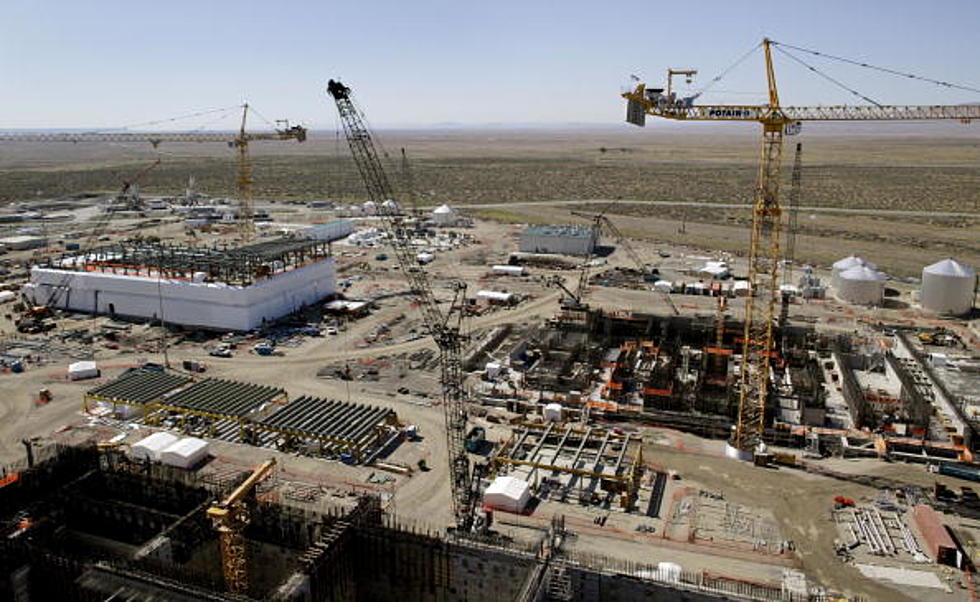
Dept. of Energy Considers Building Second Treatment Facility at Hanford
Besides the idea for a potential undergound storage pretreatment facility, the DOE Wednesday laid out possible plans for a second such facility.
This second plant would be built on uncontaminated ground between the tank farms, and would serve to mix and possibly pre-treat waste before it enters the VIT plant.
DOE officials laid out the plan at the Hanford Advisory Board meeting Wednesday, it's part of a framework from the department about how to better assess the waste before it actually gets fed into the Vitrification plant and is glassified.
Because of the vast array of chemicals, radioactive materials and other toxic items in the 167 single and double-shell storage tanks at Hanford, officials are reluctant just to shove all the waste into the VIT plant. Although work has stopped on the construction of the Pretreatment Facility to assess technical issues, that project was designed to help analyze, separate, and "precondition" as much waste as possible before it goes into the VIT Plant.
These other two potential projects, the underground facility and the latest, the mixing and storage facility, would also help with that process. Pre-treating waste would help prevent plutonium or other harmful buildups inside the VIT plant that could cause dangerous chain-reactions or other events. Pre-treating and examining the waste would allow some low-level items to go directly into the VIT plant, and allow for more toxic items to be more effectively neutralized.
In layman's terms, some of the waste is like firecrackers, some like nitro-glycerine. It has to be handled accordingly.
Part of the reason for the second new facility proposal is that the Hanford storage tanks -even the double-shell models - were never designed to be feeder tanks, or part of a "flowing" system to empty them into a treatment facility.
Tank AY-102, the oldest of the double-shell tanks, was supposed to be modified into the feeder tank into which waste would be pumped, then pumped to the pre-treatment facility, then to the VIT Plant. But it's sprung three leaks in the last year, shelving that plan.
DOE officials also favor these two new proposals because they include building a few new tanks that not only hold waste, but would be strong enough to allow powerful mixers to better prepare the waste for processing. Officials say the existing storage tanks are too old and not strong enough to accommodate such equipment.
No specific blueprints, costs, or timetables were released by DOE about the underground or mixing facilities. They're, for now, just part of a blueprint.
The VIT Plant was supposed to start processing waste by 2019, but DOE says it's in danger of missing that deadline.
More From 870 AM KFLD









